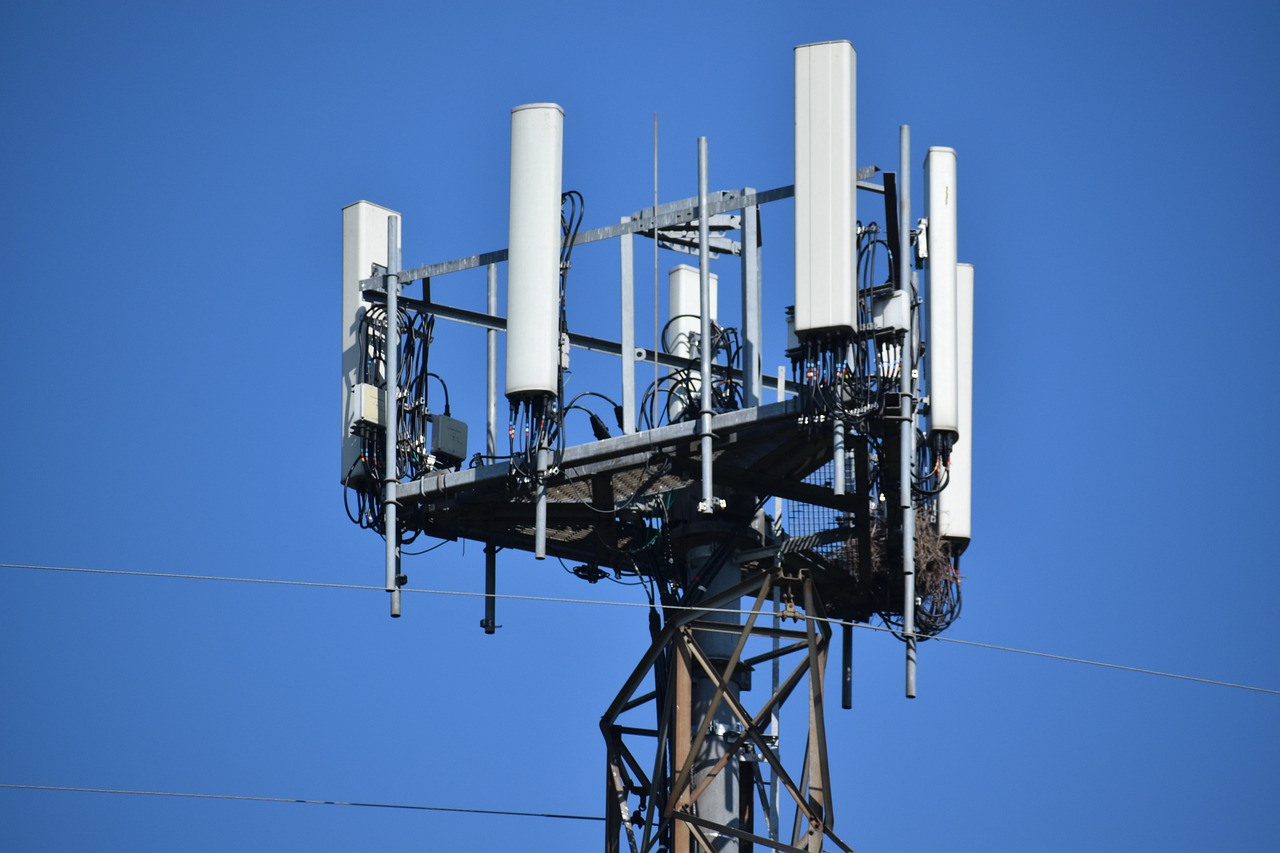In recent months, the buzz about the fifth generation of cellular technology, known as 5G, has grown and is being implemented in markets around the world. While previous iterations of cellular technology used transmission frequencies ranging from 2.5 to 5.0 gigahertz, 5G networks use radio frequency bands ranging from 30 to 300 gigahertz. This shift makes it possible to transmit much larger packets of data in a shorter period of time without causing any network delays. While traditional networks have reached speeds of up to 15 megabytes per second, 5G networks can exceed 10 gigabytes per second. Also, latency for traditional networks is usually around 50 milliseconds, but this is reduced to as little as 1 millisecond with 5G networks. While people have focused on the impact of 5G on many emerging technologies, such as the Internet of Things, it is exciting to think about how this technology could transform healthcare. The following are some of the key applications of 5G in the healthcare sector:
1. More reliable remote monitoring
Many devices are hitting the market that allow patients and physicians to gather data that can help to improve the healthcare decision-making process. The vast majority of physicians say that wearable technology helps to increase patient engagement. Research has shown that wearables may actually reduce hospital spending in the coming years by improving preventative care. Currently, remote monitoring technology is limited due to network restrictions on data handling. Slow speeds and unreliable connections make it difficult for physicians to obtain the real-time data they need to make quick decisions, particularly with conditions like diabetes that may require immediate attention. Since 5G has lower latency and a greater capacity, healthcare systems will be able to integrate remote monitoring more reliably into their care since providers can be confident that they will receive the data.
2. Quickly transmit large images
The images used in making healthcare decisions, from PET scans to MRIs, are typically massive files. Since physicians frequently need to view these files, any delay in transmission can mean that patients must wait longer for treatment. In addition, physicians will end up seeing fewer patients if they have to wait for images to be transmitted over networks. With 5G networks, these massive files can be transmitted quickly and reliably to improve access to care and the quality of the decisions made. One cancer center in Texas has already incorporated 5G technology in its approach to treatment. The facility undertakes PET scans to monitor for disease progression, and these files are often more than a gigabyte of information per study. In order to move this information to other treatment facilities, network performance needs to be very high. While transmission used to take hours, it now takes only a matter of seconds. Physicians can obtain the results sooner and make faster decision related to care.
3. Machine learning
A number of healthcare systems have begun experimenting with artificial intelligence (AI) when it comes to treating patients. This technology can take data points and suggest potential diagnoses to ensure that nothing is missed. In addition, machine learning can help to suggest treatment plans based on many different data points related to patients. These systems can also help to predict the likelihood of post-operative complications, which will enable physicians to intervene as early as possible. Using machine learning requires the analysis of an immense amount of data in real time. In other words, healthcare organizations need highly reliable networks that have a large bandwidth. As these organizations move toward 5G networks, they will be able to harness the power of AI and improve overall care for patients.
4. Improve spatial computing
The application of augmented and virtual reality in the healthcare industry is generating a great deal of excitement. These technologies have been used to make surgery less invasive, simulate complex medical situations, and even transport patients undergoing treatment to a state of mind that can help to control their anxiety. By using 5G technology, these technologies may become more easily accessible for both providers and patients. With 5G, more data can be used to drive these experiences while maintaining reliability. Already, VITAS Healthcare is using 5G-enabled augmented and virtual reality to engage hospice patients with terminal illnesses. These technologies provide calming content that can transport patients to a different place and improve their overall experience.
5. Expand telemedicine
The COVID-19 pandemic has driven the need for telemedicine as a means of reducing the spread of disease. Due to the success of telemedicine in recent months, industry experts expect this form of care to continue growing in popularity. While telemedicine is a great way to connect people to high-quality care even in rural areas, a reliable connection remains an issue. With 5G, it is possible to guarantee high-quality video and to support more calls being made at once within a single mobile network. A 5G network increases reliability and reduces lag while making it possible to have many calls occurring simultaneously. An expansion of telemedicine capabilities can help patients to obtain treatment sooner and gain access to physicians whom they would otherwise need to travel a long distance to see. In addition, it will help to improve collaboration among physicians.

